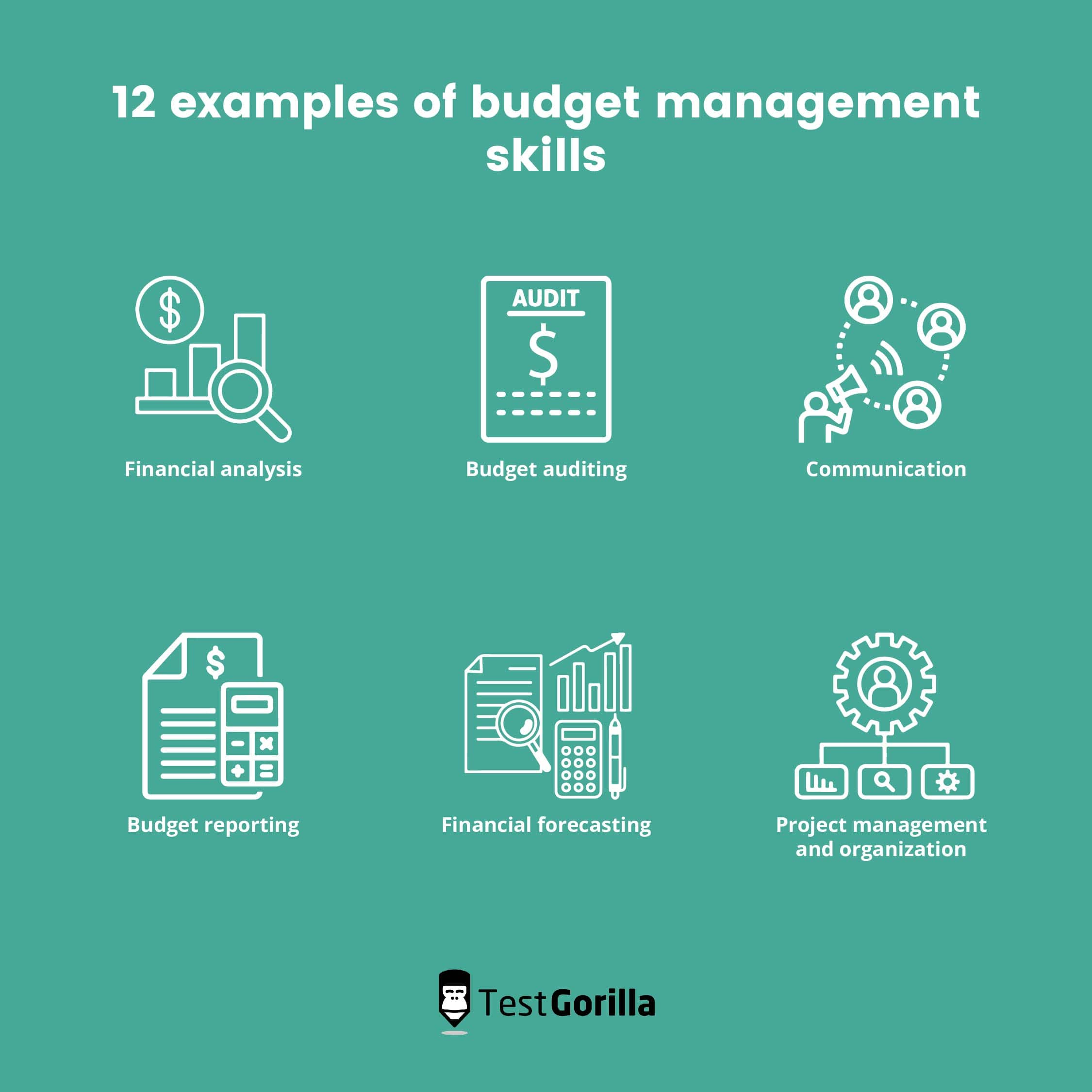
Budget management
Budgeting. The word itself can strike fear into the hearts of even the most financially savvy among us. But it doesn’t have to be a chore! In fact, budgeting can actually be a liberating experience. It gives you control over your money, reduces stress, and helps you achieve your financial goals – whether that’s buying a house, planning a dream vacation, or simply enjoying a more relaxed and secure financial future.
This guide will walk you through the budgeting process in a relaxed and easy-to-understand way. We’ll cover everything from the basics of tracking your spending to creating a budget that actually works for you. So grab a cup of coffee, get comfy, and let’s get started!
1. Track Your Spending
The first step to any successful budget is understanding where your money actually goes. This might seem daunting, but it’s easier than you think. Here are a few simple ways to track your spending:

Use a budgeting app: There are tons of great budgeting apps available, such as Mint, Personal Capital, and YNAB (You Need A Budget). These apps connect to your bank accounts and credit cards, automatically categorizing your transactions and providing you with a clear picture of your spending habits.
2. Determine Your Income
Once you know where your money is going, it’s time to figure out how much money is coming in. This includes your salary, any other income sources (such as freelance work or rental income), and any government benefits you may receive.
3. Create a Budget
Now it’s time to put it all together and create a budget that works for you. There are many different budgeting methods, but here are a few popular options:

The 50/30/20 rule: This simple rule suggests allocating 50% of your income to needs (such as rent, utilities, and groceries), 30% to wants (such as dining out, entertainment, and hobbies), and 20% to savings and debt repayment.
4. Choose a Budgeting Method That Suits You
The best budgeting method is the one that you’ll actually stick to. Experiment with different methods until you find one that fits your lifestyle and personality.
5. Set Realistic Goals
What are you saving for? A down payment on a house? A dream vacation? Retirement? Setting clear and realistic financial goals will help you stay motivated and on track.
6. Make Adjustments as Needed
Life is unpredictable. Unexpected expenses pop up, income fluctuates, and your financial goals may change over time. Regularly review and adjust your budget to reflect your current situation.
7. Automate Your Savings
One of the easiest ways to save money is to automate your savings. Set up automatic transfers from your checking account to your savings account each month. You can also automate investments by setting up automatic contributions to your retirement accounts.
8. Find Ways to Reduce Expenses
Once you have a clear picture of your spending habits, you can start looking for ways to reduce expenses.
9. Track Your Progress
Regularly review your budget and track your progress towards your financial goals. This will help you stay motivated and make adjustments as needed.
10. Don’t Give Up!
Budgeting takes time and effort. There will be setbacks along the way. But don’t give up! Keep learning, keep adjusting, and you’ll eventually reach your financial goals.
11. Celebrate Your Successes
Finally, don’t forget to celebrate your successes! Whether it’s paying off a credit card, reaching a savings milestone, or simply sticking to your budget for a month, acknowledge your accomplishments and reward yourself (within reason, of course!).
Conclusion
Budgeting doesn’t have to be a burden. By following these simple tips, you can create a budget that works for you and take control of your finances. Remember to be patient, persistent, and flexible. And most importantly, don’t be afraid to ask for help if you need it. There are many resources available to help you on your budgeting journey, including financial advisors, budgeting apps, and online resources.
By taking the time to understand your spending habits, create a realistic budget, and stick to it, you can achieve your financial goals and enjoy a more secure and stress-free financial future.